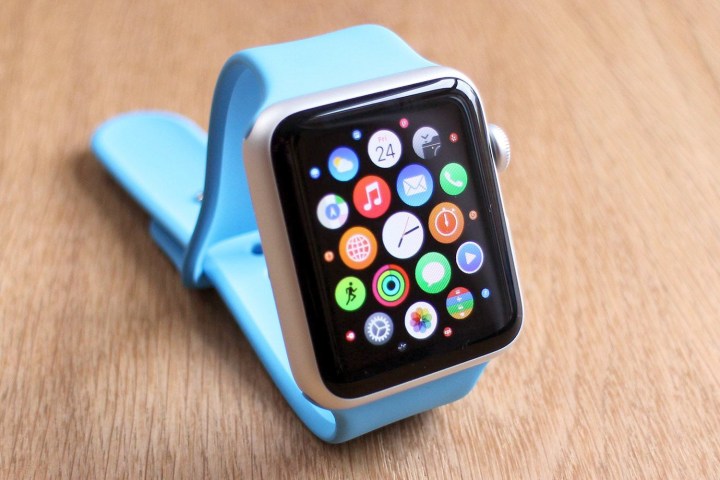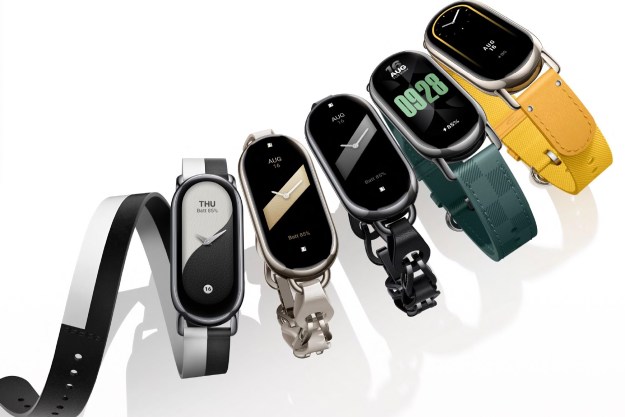
The Apple Watch includes a small port tucked under the band called a “diagnostic port.” Apple has maintained that this port is only for checking for issues on the device, but it can also be used for data transfer and even charging. A new patent indicates that future versions of the Apple Watch may indeed use this port to add extra functionality.
The “modular functional band links for wearable devices” patent, uncovered by Apple Insider, suggests that Apple itself may offer different “smart bands” for the Apple Watch. These bands will include extra batteries, fitness features like blood pressure sensors, and even extra processors to speed up the device.

Smart bands for smartwatches could serve a number of purposes. As indicated in Apple’s patent, they could expand the functionality of an already-functional device. They could also, however, include parts integral to the functioning of the watch. For example, instead of having a battery inside the body of the watch, the battery could be located inside the band, allowing the manufacturer of the device to make the device thinner. One of the main criticisms of smartwatches so far is that they have been too thick.
Smart bands could also give you more of a chance to personalize your device. In the case of the Apple Watch, you could swap out the band to suit your specific needs, even changing bands at different times. If you’re going on a workout, you could put on a band that has fitness tracking features, but then for the rest of the day, you could include a battery band to extend the device’s battery life.
Editors' Recommendations
- I keep forgetting about the Apple Watch Series 9’s coolest feature
- Why you shouldn’t buy these 5 Apple Watch Series 9 alternatives
- 8 watches you should buy instead of an Apple Watch
- You’re running out of time to buy a new Apple Watch. Here’s why
- This is how the Apple Watch needs to change in 2024


